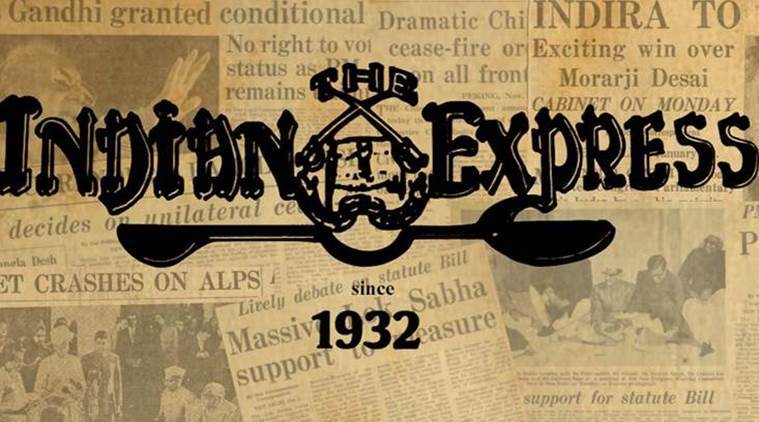 The anticipated calamitous outcomes of Mumbai’s ham-handed response to environmentalists’ concerns are not in the distant future; they’re simply playing out in the distant suburbs.
The anticipated calamitous outcomes of Mumbai’s ham-handed response to environmentalists’ concerns are not in the distant future; they’re simply playing out in the distant suburbs.
Starting last Sunday, Mumbai’s suburbs received three consecutive days of 100-mm rainfall. But further north in the city’s outback, the satellite town of Vasai received, on the same three days, 181 mm, 235 mm and 299 mm of rain. After being marooned on Tuesday as rail and road routes both went under two to five feet of water, the twin towns of Vasai-Virar continued to suffer on Wednesday. A walk to the railway station meant wading through waist-high water. There were power outages, poor cellphone coverage, limited access to fresh supplies, impaired access to medical care for the second day running, just 50 km from Mumbai.
As details of citizens’ misfortunes slowly emerge from the rain-soaked suburbs, one fact is immediately obvious: The anticipated calamitous outcomes of Mumbai’s ham-handed response to environmentalists’ concerns are not in the distant future; they’re simply playing out in the distant suburbs. Whether it is the systematic destruction of mangroves, the failed plan to revive the Mithi River, concrete intrusions into the Sanjay Gandhi National Park or the entirely absent affordable housing, the day of reckoning has come. Only, it’s the residents of Vasai, Nallasopara and Virar being held to account. These are Mumbai’s dormitory towns with little economic activity of their own but experiencing exponential growth. Between 2001 and 2011, the population of the Vasai-Virar township grew from 6,93,350 to 12,21,233. The hallmark of its relatively inexpensive housing market is poor compliance with building laws and urban planning norms. The region’s once vibrant agriculture-based economy is now defunct, its urbanised narrative a familiar tale of construction on low-lying areas, on former salt pan lands along creeks, on reclaimed wetlands. Its municipal governance, like that of other municipalities in the metropolitan region adjoining Mumbai such as Navi Mumbai or Kalyan-Dombivali, is marked by poor resources and heavy dependence on the state government. Located along the route of the proposed Mumbai-Ahmedabad bullet train, Mumbai’s lifeline suburban railway faced a complete shutdown along these stations for nearly 24 hours. The absence of scientific or holistic planning for the 4,000 sq km growth area around Mumbai is to blame.
On the positive side, the downpour saw some measures work effectively. Mumbai Police created a green corridor in traffic for the Vasai-bound NDRF teams. The Mumbai Police’s Twitter handle, quick to update on traffic pile-ups, has come in for well-deserved praise. The worst of Mumbai’s inundation was only at chronic flooding spots, saucer-shaped parts that continue to befuddle municipal engineers. Those who could afford to stay home did so, indicating that inventive work-from-home solutions for rainy days are now needed across all sectors.